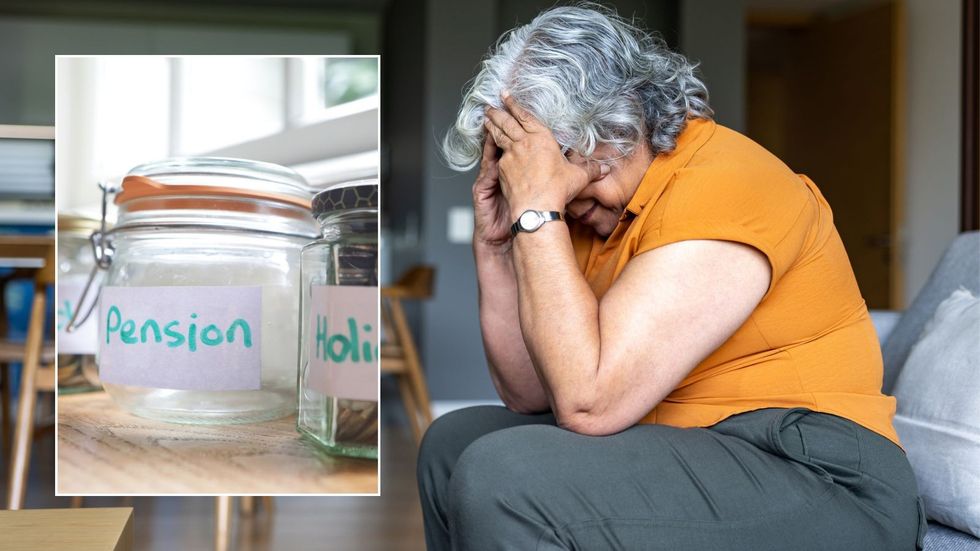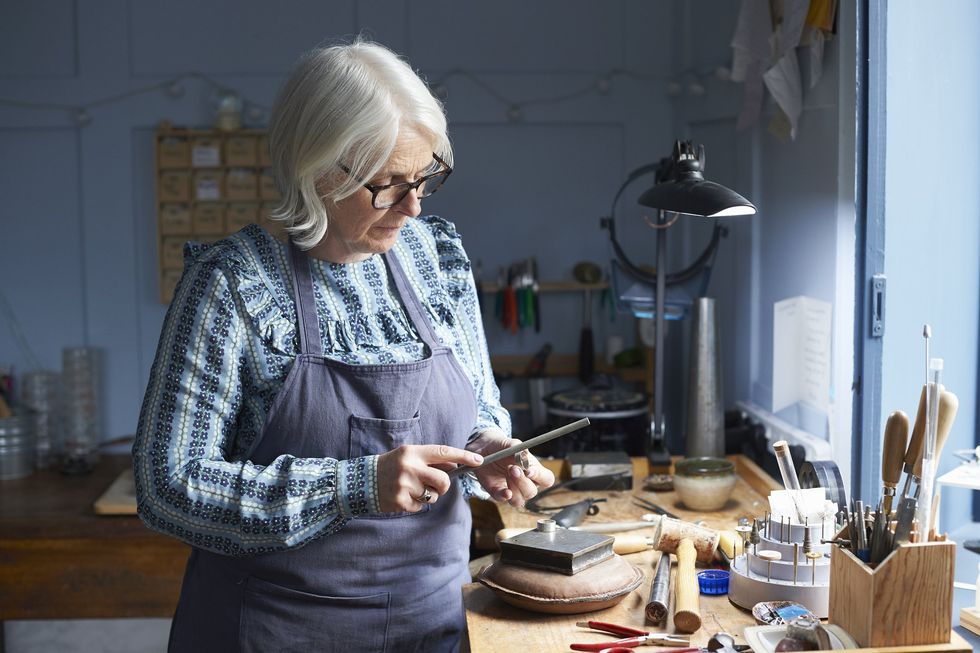Pension crisis looms as millions will have to work until 86 to achieve a comfortable retirement

Study finds female workers risk major shortfall in retirement savings as gender pension gap widens
Don't Miss
Most Read
Millions of women across Britain could face working into their mid-80s to achieve the same retirement savings as men, according to new research exposing stark gender inequality in pension provision.
The 2024 analysis reveals that women would need to remain in employment for an extra nineteen years beyond the standard retirement age of 67 to match male pension wealth.
That means many would need to continue working until the age of 86 to secure equivalent financial stability in retirement.
Single mothers face an even tougher reality, potentially needing to extend their working lives by 33 years, meaning retirement at 98, to build pension pots comparable to those of men.
TRENDING
Stories
Videos
Your Say
The report highlights the deep divide in retirement readiness between genders, warning that millions of women risk financial insecurity later in life.
Researchers estimate that closing this pension gap would require women to begin saving from just three years old to retire with the same funds as their male colleagues.
The figures show that women typically accumulate pension savings worth £69,000, while men amass an average of £205,000.
That means women’s pension pots amount to just thirty-three per cent of those held by men - a threefold gap that persists despite widespread awareness of gender inequality in retirement savings.

Women may need to work until age 86 to have a comfortable retirement
| GETTYExperts describe this imbalance as the gender pensions gap, a long-standing issue that leaves women financially disadvantaged in later life.
The contrast between male and female retirement savings reflects wider structural inequalities within the labour market that accumulate over decades.
The study, conducted in 2024, found little progress since previous research highlighted the issue four years ago.
Analysts say that extended periods away from paid work remain the biggest factor driving the divide.
LATEST DEVELOPMENTS

Time out of paid work is the leading cause of the gender pension gap, analysts say
|GETTY
Women typically spend around ten years out of employment caring for children or relatives, which research suggests translates into a £39,000 shortfall in pension contributions.
That gap continues to widen as investment growth compounds over time.
Caring responsibilities, particularly for single mothers, often force women to pause or reduce their working hours during key earning years, severely impacting their long-term savings.
Campaigners say the current workplace pension system does not adequately support people who take time out of paid work for family responsibilities, leaving many at a lifelong disadvantage.

This is the third joint study by now:pensions and the Pensions Policy Institute examining the gender pensions gap
| GETTYSamantha Gould, Head of PR and Campaigns at now:pensions, said: "For far too many in our society, a comfortable retirement remains out of reach, usually through no fault of their own.
"These groups are often locked out of the auto-enrolment system, unable to earn enough to put money aside for later and as a result, find themselves on the wrong side of a growing pension savings gap."
Ms Gould added that progress has been slow despite repeated warnings. She said the challenges highlighted in 2024 mirror those identified in their 2020 report.
This is the third joint study by now:pensions and the Pensions Policy Institute examining the gender pensions gap.
The report puts forward five policy recommendations aimed at ensuring fairer access to retirement savings across the UK.
These proposals call for reforms to improve auto-enrolment coverage and address structural barriers preventing women from saving adequately for later life.
More From GB News











